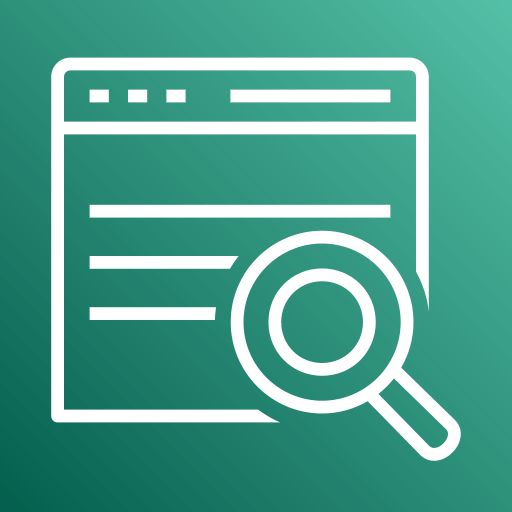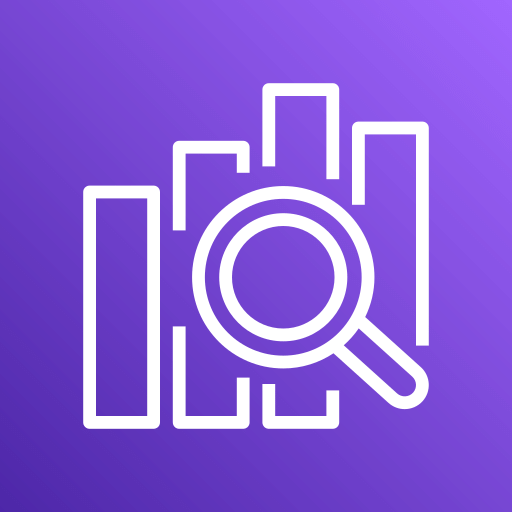How can AWS support your RAG requirements?
Introducing RAG is a huge technological leap for your organization, significantly transforming knowledge management. However, implementing this modern AI service may not be that simple, especially when it comes to meeting functional and security requirements. So how does AWS support this process?
What is RAG?
RAG (Retrieval-Augmented Generation) is an artificial intelligence architecture that combines text generation by language models with information retrieval from external sources such as knowledge bases or corporate documents. Instead of relying solely on knowledge stored in the model’s parameters, the system first retrieves the most relevant data fragments and then uses them to generate a response.
The key advantage of RAG is the ability to combine ready-made large language models (LLMs) with your own internal data sets—without the need for time-consuming and costly training of a custom model. This way, organizations can use GenAI while maintaining full control over the freshness and source of the information used.
This technology is particularly valuable in business environments where accuracy and alignment with the current state of knowledge are crucial—for example, in customer service, legal document analysis or building intelligent assistants based on company data.
How does AWS help with RAG implementation?

AWS provides strong support for implementing Retrieval-Augmented Generation (RAG), enabling the integration of large language models with corporate knowledge sources. A key role here is played by Amazon Bedrock, which allows you to use selected foundation models, such as Claude or Titan, and integrate them with your own data through so-called Knowledge Bases. Document vectorization and context retrieval are handled automatically, without the need to build custom components—simply configure the data sources and define the processing method.
 In many cases, Amazon Kendra is a perfect complement to Bedrock. It is a search engine that enables querying documents in different formats while understanding the meaning of queries. It supports advanced access control mechanisms and integrates with systems like SharePoint, Confluence, or local files. Kendra can act as the retrieval component in the RAG architecture, delivering relevant text fragments as context for the language model.
In many cases, Amazon Kendra is a perfect complement to Bedrock. It is a search engine that enables querying documents in different formats while understanding the meaning of queries. It supports advanced access control mechanisms and integrates with systems like SharePoint, Confluence, or local files. Kendra can act as the retrieval component in the RAG architecture, delivering relevant text fragments as context for the language model.

Similarly, Amazon OpenSearch can be used in RAG architectures, allowing you to build and query vector indexes for effective semantic search and flexible customization of search mechanisms—especially important where scalability and advanced configuration are required. Additionally, knowledge can also be retrieved from RDS for PostgreSQL and Amazon Aurora PostgreSQL-Compatible Edition with the pgvector extension.
For organizations that want more control over the entire process, AWS provides SageMaker JumpStart – a set of ready-to-use examples and tools that speed up building custom data processing and retrieval pipelines. This solution is particularly useful where algorithm personalization or custom handling of input data is required.
Building RAG solutions in a serverless model is another advantage of AWS offerings. With services such as S3, Lambda, DynamoDB and Bedrock, you can build a fully scalable system that does not require infrastructure management. Pay-as-you-go billing, native integration with security services, and monitoring capabilities make this architecture well-suited for organizations focused on compliance and cost optimization.
RAG implementation in AWS Cloud is designed with a strong focus on data security and control. With Amazon Bedrock, you can combine foundation models with corporate knowledge sources without the risk of exposing sensitive data—AWS creates a private copy of the foundation model, customer data is not used for model training, and each model instance is isolated. Furthermore, AWS applies two main security patterns: data redaction before storing it in a vector database and role-based access control. This allows organizations to meet Zero Trust principles and ensure appropriate permissions for different user groups.
Additionally, AWS offers a wide range of security services – from AWS KMS for managing encryption keys, through Amazon CloudWatch for monitoring and auditing, to physical and logical data separation within the environment. AWS reference RAG architectures include built-in network security mechanisms and comply with international regulatory standards, making them suitable for industries with high requirements such as finance or healthcare.
Why implement RAG with AWS?
Implementing RAG on the AWS platform enables organizations to benefit from the latest advances in artificial intelligence without investing in complex infrastructure. Services such as Amazon Bedrock connect large language models with your own knowledge resources, providing flexibility and the ability to quickly adapt to changing business needs. Fully managed serverless solutions like S3 and Lambda make scalability easy without infrastructure management, significantly optimizing costs.
AWS places particular emphasis on security and regulatory compliance, which is critical for data-sensitive organizations. In AWS Cloud-based RAG solutions, customer data is isolated and not used for training foundation models. In addition, organizations can use a wide range of tools for access control, encryption, and monitoring, ensuring full resource control and meeting even the most stringent industry requirements.
Summary
Implementing RAG solutions in AWS allows your organization to effectively combine the capabilities of generative artificial intelligence with its own knowledge sources while maintaining a high level of security. With flexible and scalable AWS services, this process is fast, safe, and cost-optimized. AWS provides tools to support organizations at every stage of RAG implementation, regardless of industry or complexity of requirements.
Do you want to implement RAG technology in the AWS Cloud? Take advantage of our specialists’ expertise and unlock modern GenAI today! Contact us at kontakt@lcloud.pl
